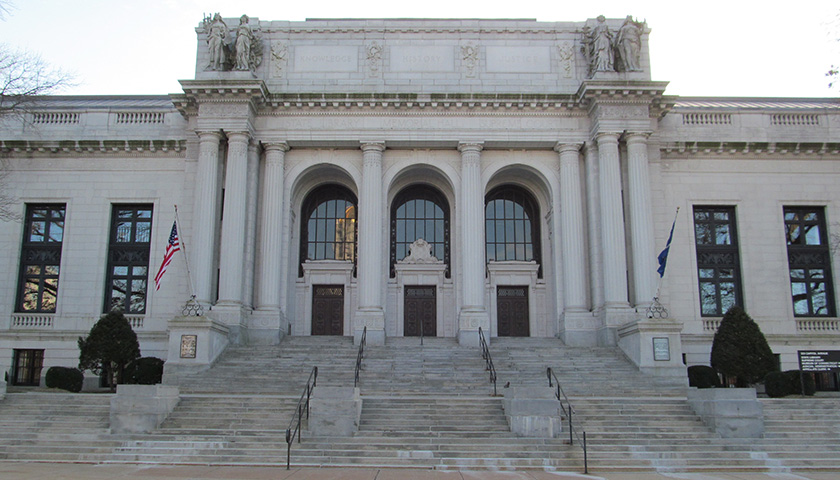by Brent Addleman
The state’s highest court ruled that new Congressional maps drawn by a court-appointed special master be adopted.
The Connecticut Supreme Court handed down the decision Thursday after members of the Reapportionment Committee failed to reach an agreement on new maps in December 2021. The maps were re-drawn using information from the 2020 Census.
Special Master Dr. Nathaniel Persily, a law professor at Stanford University, was appointed by the court in December 2021 to develop a plan to create maps that complied with the state’s Constitution for being as equal in population as practical, be of contiguous territory, and adhere to the Voting Rights Act of 1965.
The maps are to be transmitted to the secretary of state on or before Tuesday, and, upon publication, will take effect.
The court also ruled the Reapportionment Committee reimburse Persily in the amount of $89,800 for fees and costs incurred producing the maps.
On Dec. 23, 2021, the court appointed Persily to “prepare and recommend to the court a report, including proposed Congressional redistrict plan for adoption by the court.”
Persily’s plan, according to court documents, addressed District 5 in the city of Torrington. Under Persily’s plan, 5,024 residents are moved from District 5 to District 1 to comply with the equal population provision.
The new district cuts down the split in the city to create a more compact shape, eliminating the “finger” that extends to the west along Migeon Avenue and the “hump” that protruded further into District 1, maintaining the “lobster claw” formation.
The plan from the special master retains the Torrington split, but unifying the city wasn’t necessary to comply with the law and moving it into either district, according to court documents. That move “would lead to reallocation of tens of thousands of people from their current districts,”
Persily’s plan also addressed the split in the town of Glastonbury, which is the most underpopulated district, court records show. The district had to acquire 21,288 residents to comply with the one-person, one-vote imitative and set the boundary using Highway 2 and Chestnut hill Road.
– – –
Brent Addleman reports for The Center Square. Brent is an Associate Editor and a veteran journalist with more than 25 years of experience. He has served as editor of newspapers in Pennsylvania and Texas, and has also worked at newspapers in Delaware, Maryland, New York, and Kentucky.
Photo “Connecticut Supreme Court Building” by John Phelan. CC BY 3.0.




